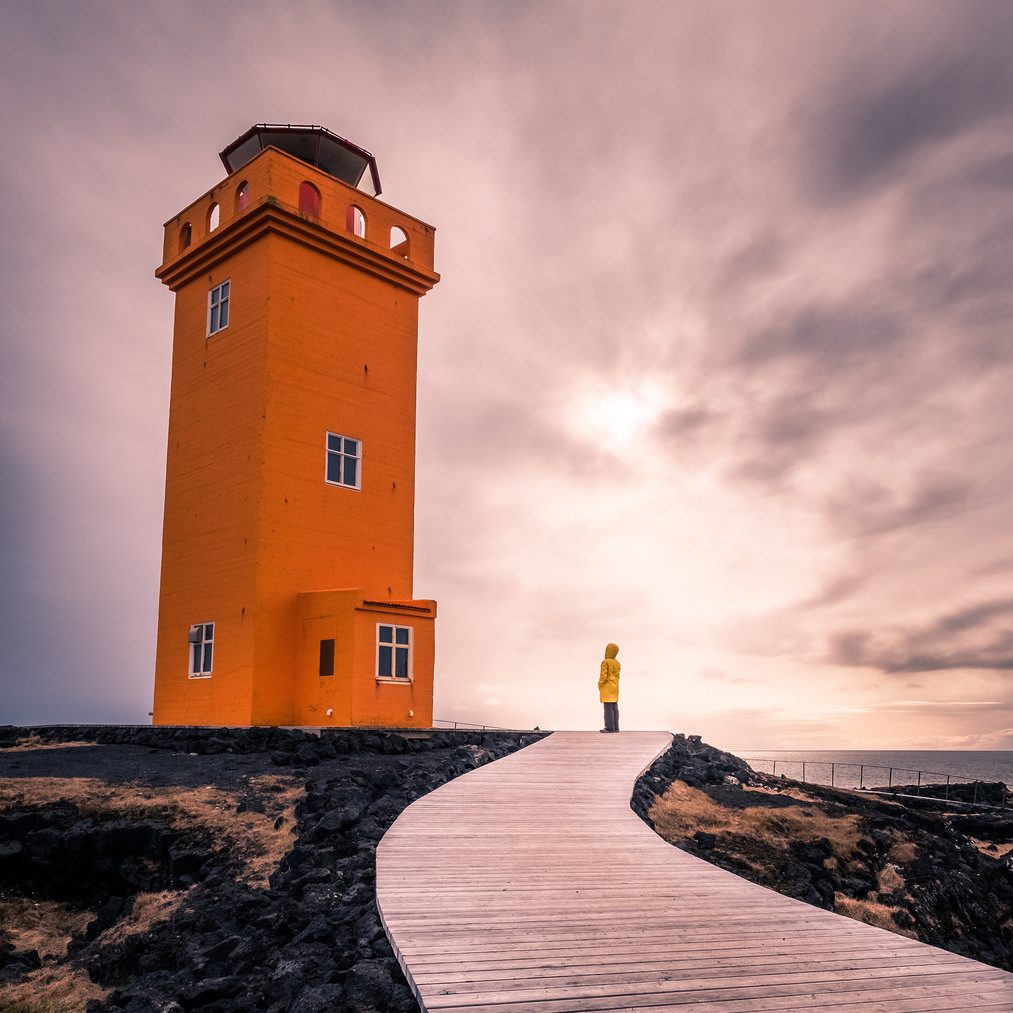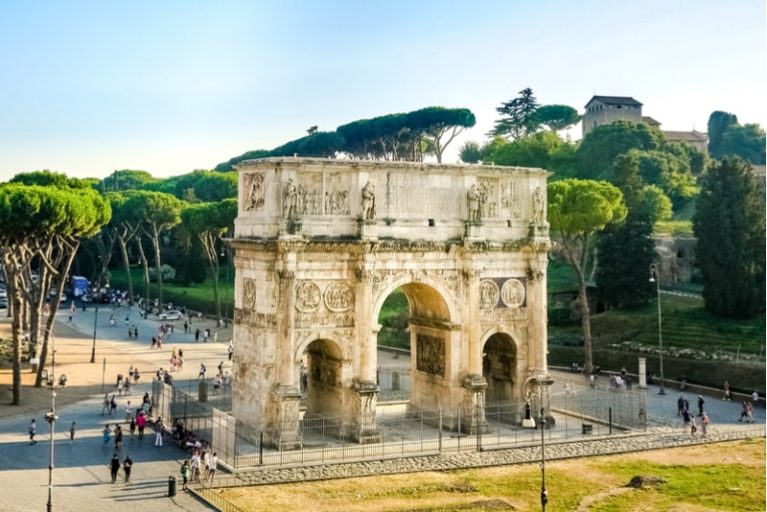Benefits booking Rome private tours: You may not know what you don’t know. You may not be aware of all the wonderful experiences available to you in any given location. Though you can do extensive research online, there are still many amazing experiences, restaurants, and local activities that may be completely new or haven’t been shared on social media yet. We have personal connections in each of the locations we run tours and are constantly seeking out new experiences for our guests. Let us help you create your itinerary by suggesting activities that may have not even been on your radar.
What can you see in Rome : Ostia Antica is an important archeological site that once was the seaport for Rome. It is located less than 20 miles from Rome at the mouth of the River Tiber. The site has well-preserved ancient buildings, some of which date back to the fourth century BC. Ostia Antica is known for the outstanding frescoes and mosaics on these old buildings, as well as ancient public toilets that turned bathrooms into a social setting.
Take a look at a Rome tourist map, and you’ll see one area so filled with things to do that it’s hard to read the street names. This is the Centro Storico, the historic center of Rome, with so many art-filled churches, resplendent palaces, and lively squares that you could spend your whole vacation strolling its ancient streets and lanes. Spend some time just to absorb the neighborhood’s atmosphere instead of going from one of its must-see sights to the next. Along with Piazza Navona, the Trevi Fountain, and the Basilica of Santa Maria Maggiore, stop in less well-known churches, such as Santa Maria del Popolo, where you’ll find works by Bernini and Caravaggio.
Vatican Museums – The Vatican Museums began in the 16th century with a collection of sculptures by Pope Julius II. Today, they encompass several museums inside the Vatican City and include some of the world’s most important relics. Attractions of the museums include the spiral staircase, the Raphael Rooms and the exquisitely decorated Sistine Chapel. Michelangelo painted the chapel ceiling between 1508 and 1512. Today the ceiling, and especially The Last Judgment, are widely believed to be Michelangelo’s crowning achievements in painting. To keep the massive crowds under control, the museums have 4 itineraries that range from one and a half hours to more than 5 hours. All itineraries end in the Sistine Chapel. Read more regarding private Rome tours…
Castel Sant’Angelo , Erected on the banks of the Tiber River, this cylindrical fortress was built by Roman emperor Hadrian as a mausoleum for himself and his family in the 2nd century AD. Due to its proximity to the Vatican, the tomb was subsequently used by the popes as a fortress and castle. It also includes a secret corridor that connects it to Vatican City and two popes used it as an escape route in the 15th and 16th centuries. Today the structure is a museum that offers a great view onto St. Peter’s Basilica in the distance.
Free things to do in Rome : Toss Three Coins into the Trevi Fountain No trip to Rome is complete without a visit to the beautiful Fontana di Trevi. Have a look at Nicola Salvi’s late Baroque waterworks influenced by an earlier try by Bernini, then follow the Roman tradition of throwing a coin into the fountain to guarantee a return to the Eternal City. The fountain dates back to ancient Roman times in 19 B.C. when the Roman aqueduct was constructed. The aqueduct brought water to the Roman baths and the fountains of central Rome. The fountain was built at the end of the aqueduct, at the junction of three roads. The three streets (tre vie) give the Trevi Fountain its name, the Three Street Fountain.

